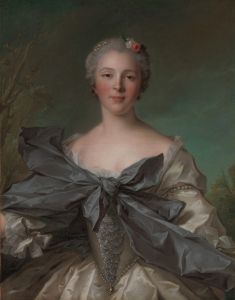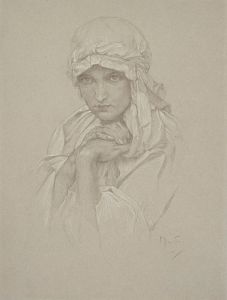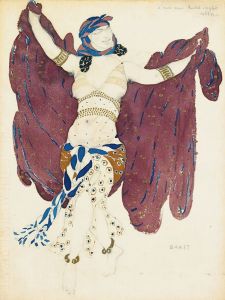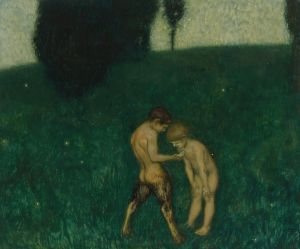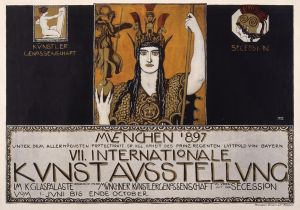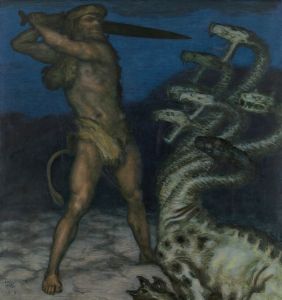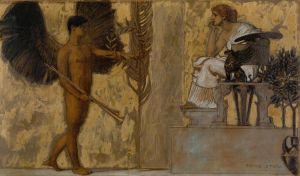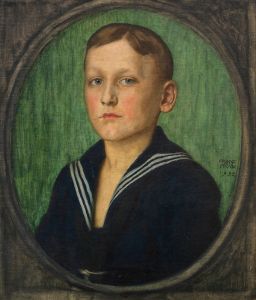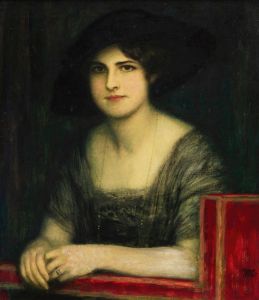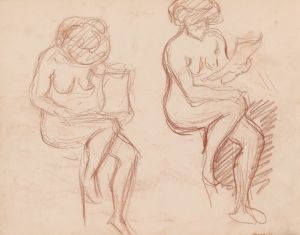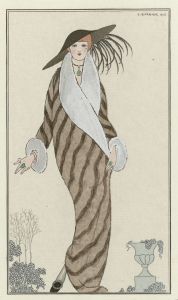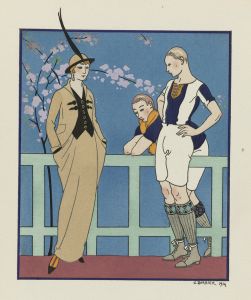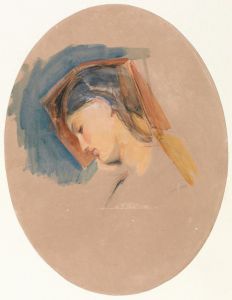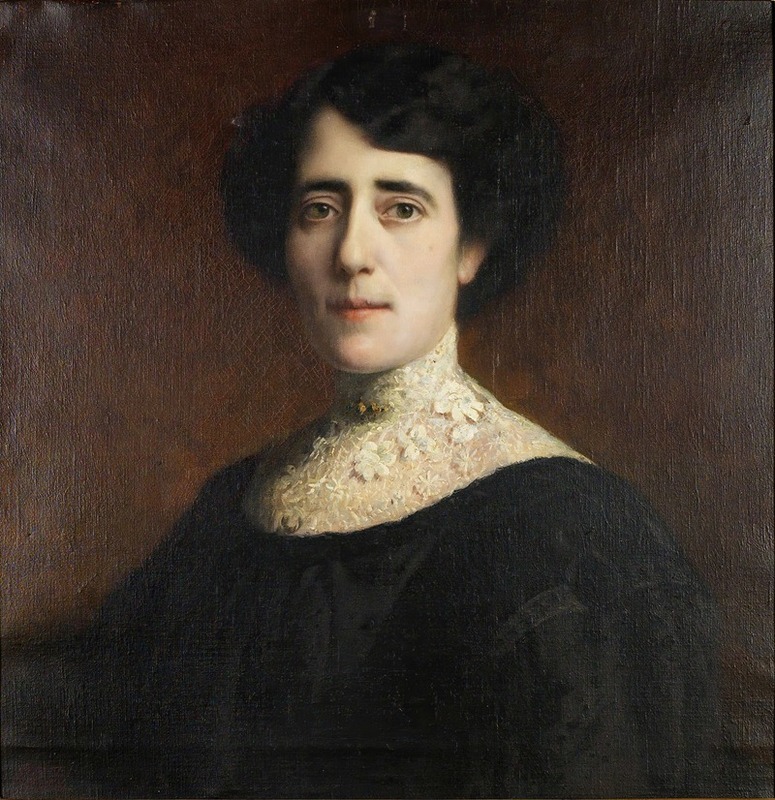
Portrait einer Dame mit Spitzenkragen
A hand-painted replica of Franz von Stuck’s masterpiece Portrait einer Dame mit Spitzenkragen, meticulously crafted by professional artists to capture the true essence of the original. Each piece is created with museum-quality canvas and rare mineral pigments, carefully painted by experienced artists with delicate brushstrokes and rich, layered colors to perfectly recreate the texture of the original artwork. Unlike machine-printed reproductions, this hand-painted version brings the painting to life, infused with the artist’s emotions and skill in every stroke. Whether for personal collection or home decoration, it instantly elevates the artistic atmosphere of any space.
Franz von Stuck was a prominent German painter, sculptor, and architect, known for his contribution to the Symbolist movement in the late 19th and early 20th centuries. Born on February 23, 1863, in Tettenweis, Bavaria, Stuck became a key figure in the Munich Secession, an art movement that sought to break away from traditional academic art styles. His works often explored themes of mythology, allegory, and the human condition, characterized by a distinctive use of light and shadow, as well as a strong sense of composition.
One of Stuck's notable works is "Portrait einer Dame mit Spitzenkragen" (Portrait of a Lady with a Lace Collar). This painting exemplifies Stuck's skill in portraiture, capturing the elegance and poise of the subject with meticulous attention to detail. The painting features a woman adorned in a lace collar, a fashion element that adds a touch of sophistication and refinement to her appearance. The lace collar, a popular accessory in the late 19th and early 20th centuries, is rendered with intricate detail, showcasing Stuck's ability to depict textures and materials with precision.
The subject of the portrait is depicted with a calm and composed expression, her gaze directed slightly away from the viewer, which adds a sense of introspection and mystery to the piece. The background of the painting is kept relatively simple, allowing the focus to remain on the subject and her elegant attire. Stuck's use of color is subtle yet effective, with a palette that enhances the natural tones of the subject's skin and the delicate fabric of her clothing.
Stuck's portraits are often celebrated for their psychological depth and the way they convey the personality and status of the sitter. In "Portrait einer Dame mit Spitzenkragen," the artist's attention to the sitter's demeanor and attire suggests a woman of grace and social standing. The painting reflects the cultural and aesthetic values of the time, highlighting the importance of fashion and personal presentation in society.
Franz von Stuck's work, including this portrait, is housed in various collections and museums, reflecting his enduring influence on the art world. His contributions to the Symbolist movement and his role in the Munich Secession have cemented his place in art history as a pioneer of modern German art. Stuck's legacy is evident in his ability to blend traditional techniques with innovative ideas, creating works that continue to captivate audiences with their beauty and depth.
"Portrait einer Dame mit Spitzenkragen" remains a testament to Stuck's mastery of portraiture and his keen understanding of the human form and psyche. Through his art, Stuck invites viewers to explore the complexities of identity and the subtle nuances of human expression, making his work as relevant today as it was during his lifetime.





